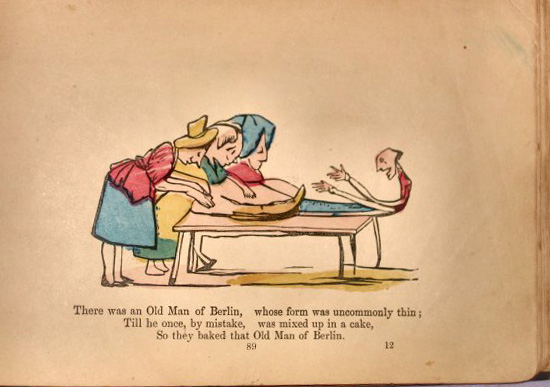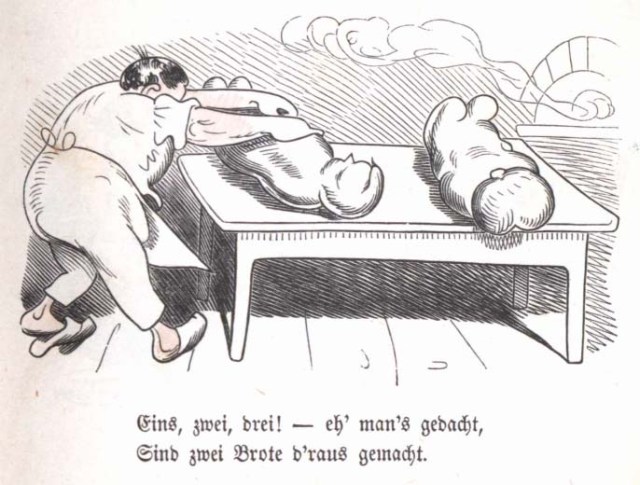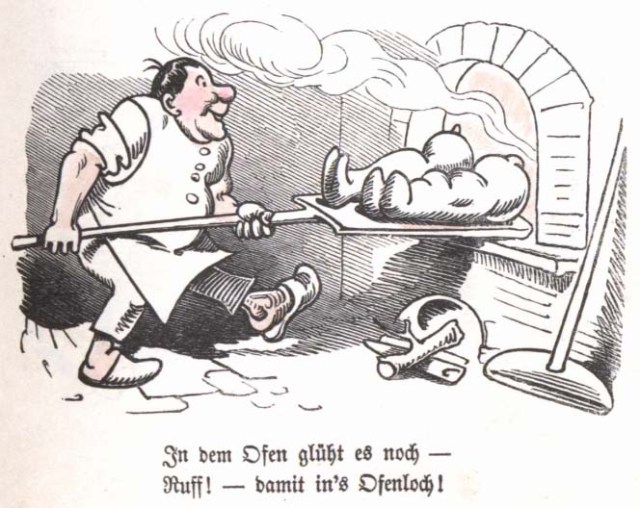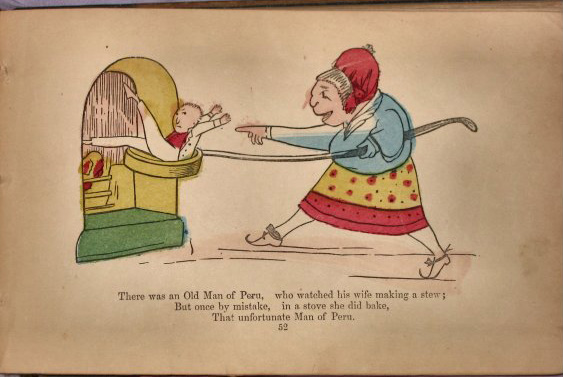Edward Lear, Villa Castellane, Varese.
Watercolour on paper – 26 x 51.5cm, 42.5 x 68cm framed. Monogrammed and dated 1884 lower right, titled lower left. With Peter Nahum label verso, with Peter Nahum receipt.
-
Join 1,458 other subscribers
Search this site:
Edward Lear
- Biographical Essays
- Ship of Fools. All Aboard!
- Lear’s Diaries
- A Chronology of Lear’s Life
- EL. Landscape Painter and Poet
- Bibliographies and Links
- The Edward Lear 2012 Celebrations
- Letters to the Caetani Family
On Lear and Nonsense
- A Very Good Children’s Book (1865)
- Nonsense Verse, &c. (1880)
- Word-Twisting Versus Nonsense (1887)
- Concerning Nonsense (1889)
- Delightful Nonsense (1890)
- G.K. Chesterton, A Defence of Nonsense (1902)
- The Poems in Alice in Wonderland (1903)
- Limericks (1903)
- Ian Malcolm on Edward Lear (1908)
- G.K. Chesterton, Two Kinds of Paradox (1911)
- H. Jackson, Masters of Nonsense (1912)
- H. Hawthorne, Edward Lear (1916)
- G.K. Chesterton, Child Psychology and Nonsense (1921)
- How Pleasant to Know Mr Lear (1932)
- G.K. Chesterton, Both Sides of the Looking-Glass (1933)
- G.K. Chesterton, Humour (1938)
- G. Orwell, Nonsense Poetry (1945)
- George Orwell, Funny, But Not Vulgar (1945)
- Michele Sala, Lear’s Nonsense: Beyond Children’s Literature
- More Articles
Twitter Updates
Tweets by margrazCategories
- Comics (68)
- Cruikshank (4)
- Dr. Seuss (22)
- Edward Gorey (15)
- Edward Lear (1,267)
- General (139)
- Gustave Verbeek (27)
- James Thurber (3)
- Lewis Carroll (68)
- Limerick (64)
- Nonsense Lyrics (29)
- Peter Newell (87)
- Podcasts (40)
- Punch (2)
- Uncategorized (17)
- WS Gilbert (1)















